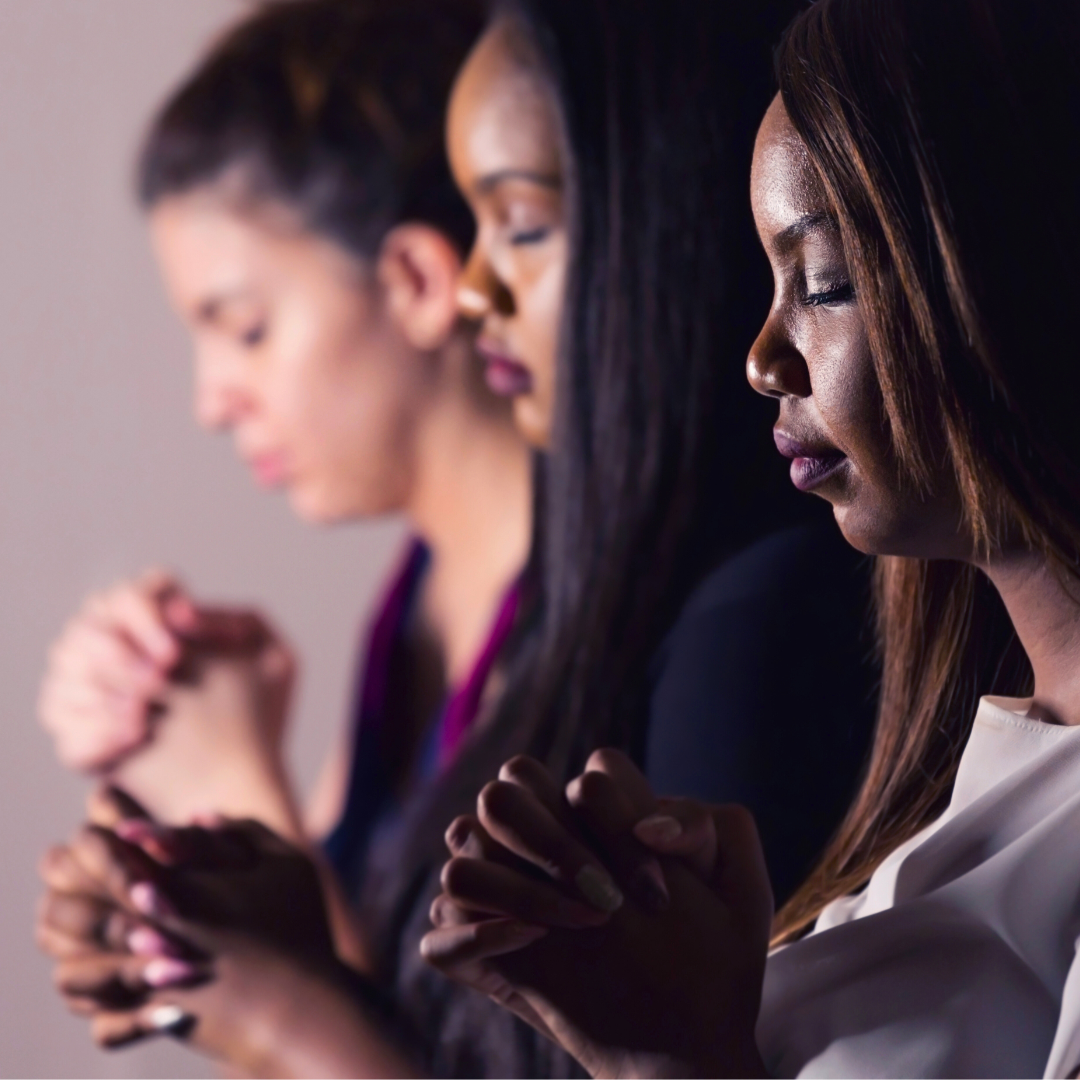
Monika Korzec looks to the example of the saints as she ponders how to deepen her relationship with God.
We, as beings created in God's image, are imbued with a profound longing to return to our divine origin. Simultaneously, God's divine presence draws us toward Him. Throughout the annals of history, countless individuals have embarked on a quest to comprehend their faith, to seek answers about God, and to transform their lives into a pursuit of sanctity. These individuals, who have traversed the path of spiritual growth and enlightenment, are often revered as Spiritual Masters.
To understand the messages of the Spiritual Masters, it is crucial to understand what spirituality is all about. According to Fr. Ron Rolheiser, a Catholic priest and author of many books on different theological topics, there are four points of spirituality:
- Tensions that we experience in life
- Living the tensions correctly is the spiritual life (movement towards meeting God in fullness, knocking down obstacles between God and us to make the path smooth)
- There are two aspects of living the tensions:
a) Praxis (practical way of living them through prayer, fasting, self-sacrifice, devotion)
b) Theorian (a realization that by our effort, we cannot do it)- We cannot attain union by our efforts, but God himself reveals to us His face
(quoted by Fr. Steve Wlusek, October 2013, at St. Peter’s Seminary in London Ontario)
These points culminate in a comprehensive definition of spirituality: it is the recognition of the tensions and desires that permeate our lives, the constant call to transcend ourselves, and the pursuit of resolution, fulfillment, and satisfaction of these tensions and desires through a deep, personal relationship with God and our fellow human beings.

While reading numerous books about different saints, one thing that caught my attention was the historical context in which they happened to live. I realized that throughout history, there were many problems within the Church itself. Currently, I often meet people who tell me about the issues and mistakes we face in the Church nowadays and how any action is hardly taken to fix them. However, the Church always had problems of all kinds, and there were always people who truly loved God and their neighbours. Indeed, we can’t ignore problems when we see them, but we also have to concentrate more on developing a strong relationship with God so others can see God’s love in us and in what we do. The testimony of our true discipleship to Jesus’s teaching is the answer to the problems that the Church is facing at this moment in history.
First, we must discover a desire for God in ourselves, which was already planted in our hearts when God created us. As St. Anthony points out, we need to find a deserted place in our lives to move into deeper life. St. Teresa of Avila takes us on a spiritual journey, the interior path of prayer. She teaches that prayer is the vehicle for the soul’s deepening union with God. When the journey begins, we must first notice different obstacles, weaknesses, and sins that hold us from going deeper into the union.
The life of St. Augustine is an excellent example of conversion and recognizing our root sins. We need to admit that we struggle and that there are tendencies in us to sin, but at the same time, we also have to realize the importance of allowing God to take over our lives. St. John of the Cross points to us the “dark nights” of spirits and senses that we may experience to discover inner freedom from physical and emotional desires. He calls these moments a dark night because of the suffering involved.
Suffering is one of the experiences in our lives where genuine love has its roots. St. Thérèse of Lisieux is an excellent example of this. Since childhood, she had to deal with losses: first, her mother passed away; then her sister, who was her “second mother,” left the house to become a nun; and finally, her dad passed away after suffering from dementia. Even when she finally entered the Carmelite convent, she endured many mistreatments; however, that never stopped her from loving God and others.

The lives of the saints are loaded with examples that we can follow and full of tips and suggestions on how to reach union with God. The common message is that God’s love puts us in the world in the first place, and if we only let Him into our lives, He will transform our hearts, and love will be the drive for our lives. Thus, by our grace-filled lives, we will contribute to the healing of the Body of Christ: the Church.
Share your thoughts with the Catholic Mom community! You'll find the comment box below the author's bio and list of recommended articles.
Copyright 2024 Monika Korzec
Images: Canva
About the Author

Monika Korzec
Monika Korzec is a wife and a mother of three children and works as a Pastoral Minister at a Catholic family of parishes in London, Ontario. She also manages a ContemplativeRetreat.com website. Her deep interest in spiritual formation put her on a path of exploring the mysticism of parenthood through her studies in the Doctor of Ministry degree programme.


.png?width=1806&height=731&name=CatholicMom_hcfm_logo1_pos_871c_2728c%20(002).png)
Comments